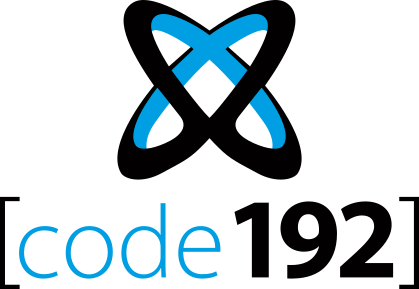Introduction
The Sankey diagram is composed of Nodes representing the items that will be interconnected.
Nodes are grouped in Sets of columns. this represents items that are at the same hierarchy level and which never interconnect.
Each Node from each Node Set can connect to any Node from any other Node Set, using a visual Link.
At runtime, clicking a Node allows to highlight all paths that go through this Node :
The following fields are available for configuring data binding on a Sankey :
- Value : The visual size of the Nodes and their Links is determined by the Value field.
- Node Set 1, 2, 3, … : the name of Nodes inside Node Set 1 is all the unique values in the Node Set 1 field.
Value
This represents the quantity we want to display on the Sankey diagram, and will bind to the size of the Nodes and their Links.
This field must be aggregated : you must choose an aggregation function (SUM, AVG, …)
Node Set 1
This represents the category we want to use to dynamically separate Nodes inside the 1st set of nodes (represented in the first column on the left).
These fields cannot be aggregated : they must have several separate values in order to group the “Value” aggregation.
If the field contains NULL values, then the corresponding Nodes are not represented. That means there is no connections with other Node Sets on this data row, and visually the Links just go through the Node Set. (see “NodeSet1 itemB” in screenshots above)








Post your comment on this topic.